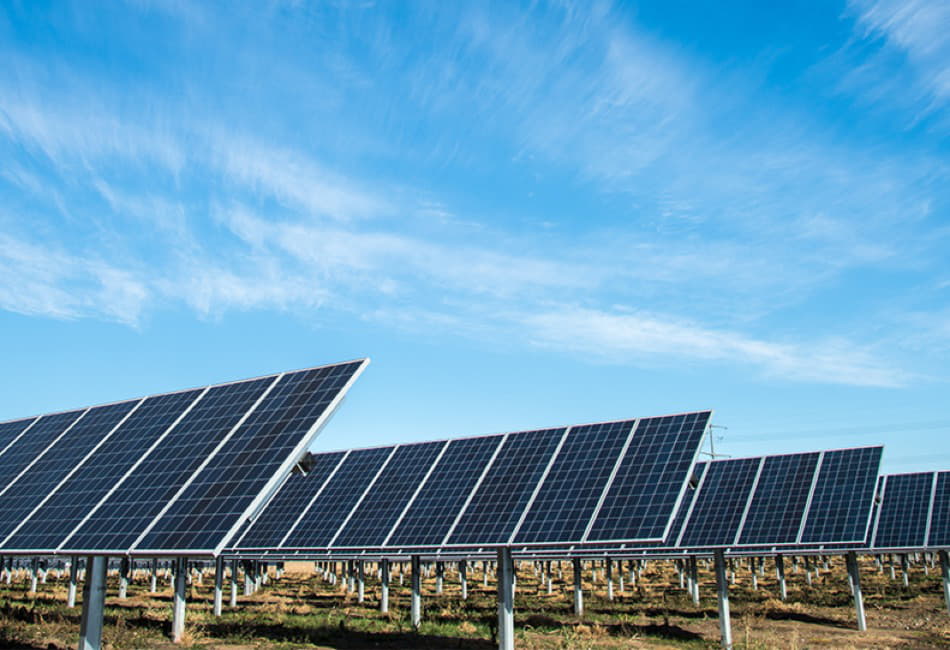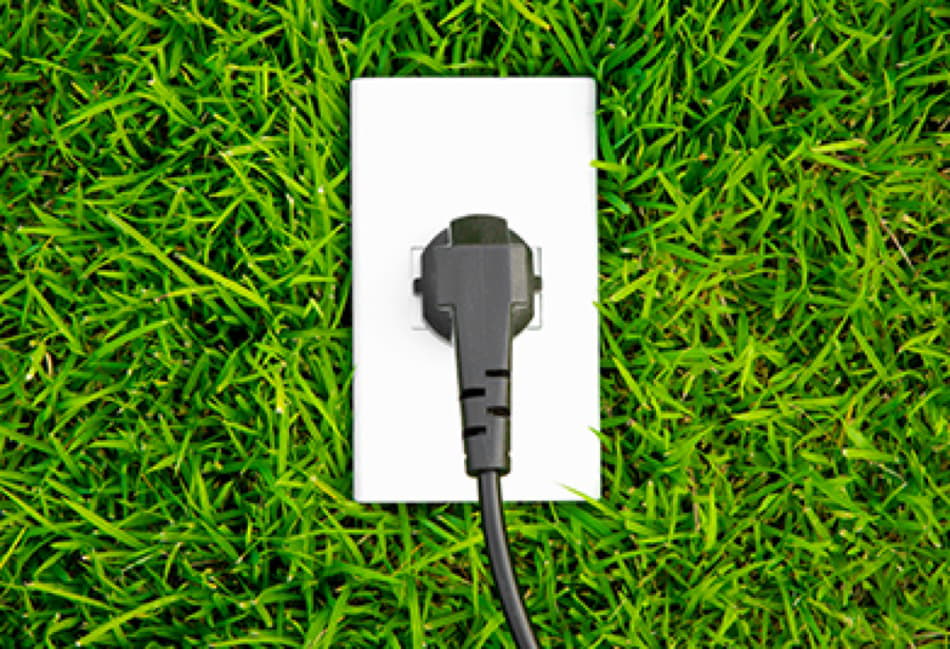Impact of COVID-19 on Electricity - Volton
Electricity demand has fallen to market levels under lockdown, with dramatic declines in services and industry only partially offset by higher residential use. Electricity demand showed the first signs of a recovery when confinement was eased in Italy and Germany in April. This trend was confirmed in May as more countries (India, France, Spain, UK) softened their lockdown measures. In June and July, weather-adjusted electricity demands remained 10% and 5% below the same month's 2019 level, respectively, in most countries except India, where the recovery was more pronounced.
In August, sustained recovery in electricity demand growth for EU countries , brought them closer to 2019 levels, but some containment measures continue to limit electricity demand in September. In October, electricity demand growth steadily recovered to 2019 levels in European countries before increased restrictions were announced again. In India, the recovery in electricity demand has been confirmed from the beginning of August with higher levels than in 2019, except for the last two weeks of August when demand fell below 2019 levels due to significant declines in industrialized states and the weather improved. In September 2020, adjusted electricity demand weather averaged 3.4% above September 2019, driven by higher demand in the industrial and commercial sectors, as well as higher irrigation demand compared to 2019. In October, relaxation of restrictions and a stronger economic environment caused electricity demand (weather corrected) to rise more than 10% above October 2019 levels; In all major regions, the electricity mix has shifted towards renewable energies following lockdown measures due to low electricity demand, lower operating costs and priority access to the grid through regulation. Electricity demand and mix is returning to previous trends with lockdown versions.



















